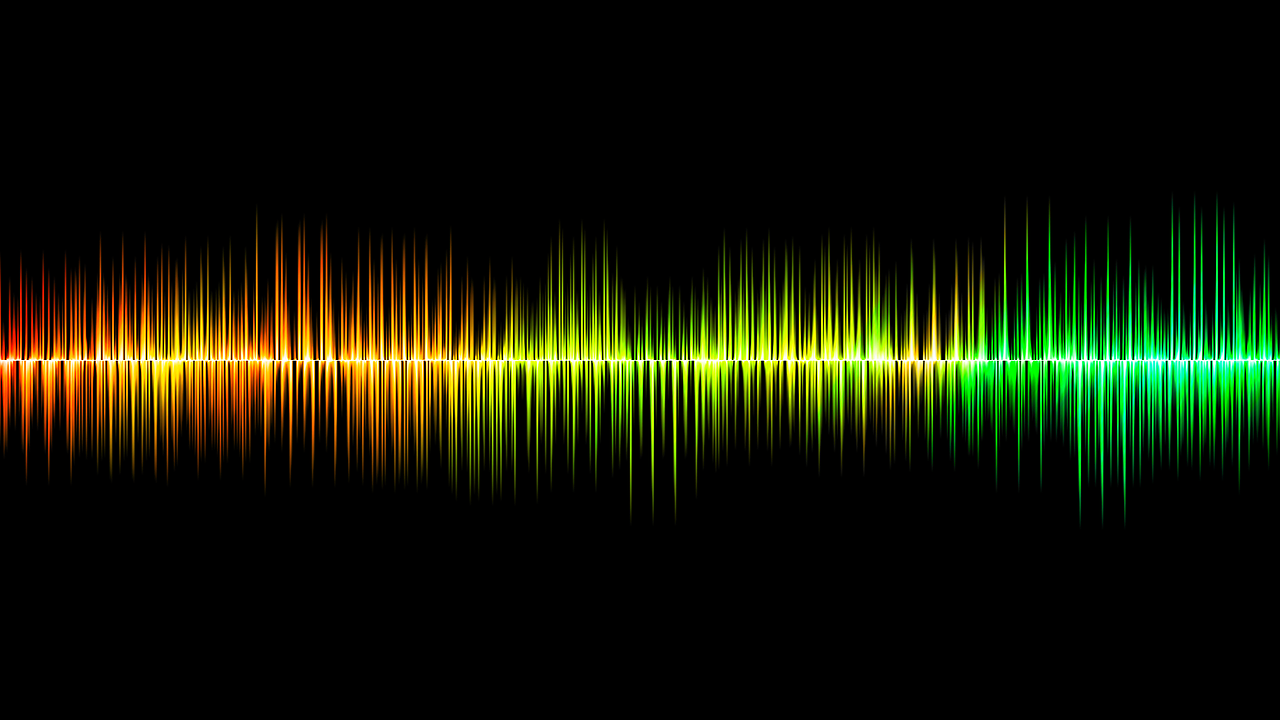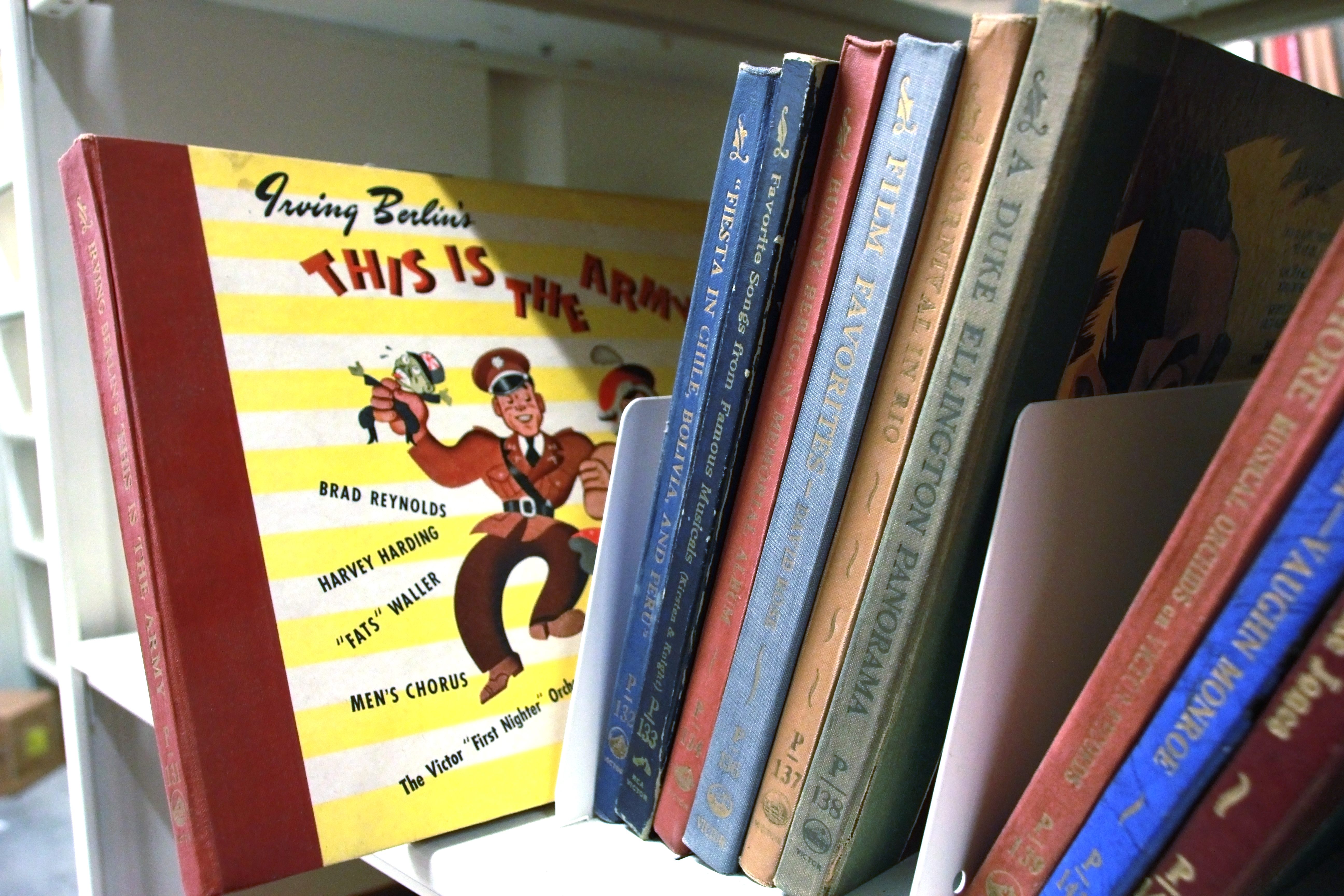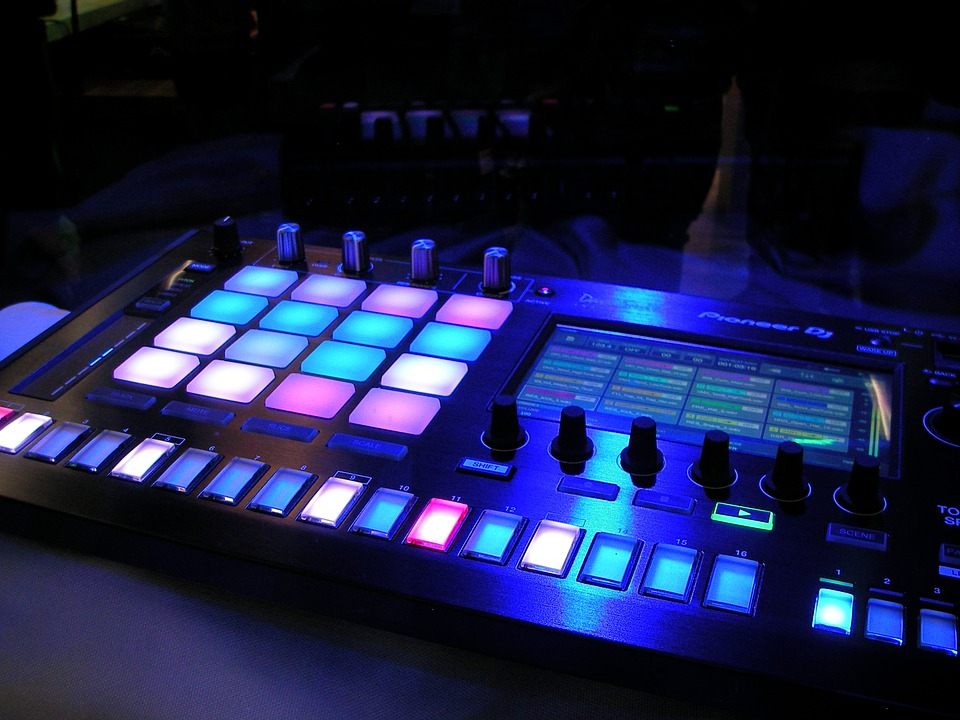The Sweetest Sounds of 2017
From lost languages to rediscovered songs to music made by robots, the year certainly won’t go quietly.

There’s been a lot to look at this year; 2017 has been nothing if not a spectacle to behold. But there’s also been a lot to listen to: sounds we’ve never heard, sounds that we’ve rediscovered, sounds that are freshly created. Headphones on and volume up, this is the Year in Sound.
Robotic Rock & Roll
An enterprising robot at the Georgia Institute of Technology decided to take up music. The marimba-playing robot has been playing its own compositions using deep-learning and artificial intelligence. Researchers fed the robot a steady stream of popular music, from the Beatles to Miles Davis, adding up to a total of nearly 5,000 songs and an additional two million killer guitar riffs, blues lines, and jazz motifs. Armed with a deep musical knowledge, the robot (named Shimon) got to work, creating what project researcher Mason Bretan calls music representing the result of “a robot [using] deep neural networks to learn everything it knows about music from millions of human-made segments.” [Georgia Tech]
Space Jam
Using a technique called data sonification, a process in which data is converted to sound, a particle physicist has composed a three-minute piece created from the data beamed back to earth by Voyager 1. The spacecraft, launched 40 years ago, conducted close-up studies of Jupiter, Saturn, Uranus, and Neptune. Dr Domenico Vicinanza and his colleague Dr Genevieve Williams took Voyager 1 data and created a piece of music that charts the craft’s journey from its launch until it left orbit in 2012. The resulting piece, for strings and woodwinds, is “breathing and pulsating with the spacecraft,” said Dr. Vicinanza. [Classic FM]
Voices Over the Wire
In 1946, David Broder, a psychologist studying the effects of trauma, traveled to Europe to interview a group of traumatized people; among them were several Holocaust survivors. He recorded their stories, their memories, their lives on spools of metal wire. The machine, a wire recorder, was a precursor to the reel-to-reel tape machine, but today it’s mainly found in the hands of audio archivists, rather than everyday users. Broder left his recordings at the University of Akron, Ohio in 1967, and they stayed there for years, eventually forgotten.
The recordings were recently rediscovered at the university, and in addition to the interviews, researchers discovered a reel of recordings that even among this lost archive was the stuff of lore: a reel of songs sung to Broder by Holocaust survivors. This year, these voices, songs, and histories have been brought back to life. [PBS Newshour]

Digitizing the Past
Boston Public Library’s Central Branch has a big project in store. This year, the library teamed up with the Internet Archive to digitize a long-forgotten collection of nearly 200,000 vinyl and shellac records. The first step will be digitizing the library’s extensive 78 collection. These records date from 1898 to the 1950s, and their digitization is part of a larger Internet Archive initiative called the Great 78 Project, which aims to digitize, preserve, and study the records, many of which are doomed to disappear without preservation efforts. After all of the records are digitized (which will take years) they will, as rights allow, be available for public listening. [Atlas Obscura]
Recovering History
Over a century ago, University of California researchers recorded more than 100 hours of Indigenous language, culture, and history on wax cylinders. The researchers preserved the stories of several indigenous people from California, capturing 78 different indigenous languages (some which have no living speakers) and stories that would have otherwise been lost. One of the subjects of the recordings was Ishi, a man who was the last known Yahi person. The majority of the Yahi were killed by California settlers between 1865 and 1871. Those who survived went into hiding, undiscovered for years.
Ishi’s voice, and other indigenous voices, were recorded on the unstable media, and time had done its worst to—deterioration, mold, worn-down grooves. But archivists from the University of California, Berkeley are bringing those voices back. Using an “innovative optical scan technology,” they plan to “transfer and digitally restore these recordings, even from cylinders that are broken.” [Hyperallergic, Slate]
Sweet Optron Solo, Man
What’s that? You’ve made it to December without hearing an Infinitone? Well, don’t let 2018 find you without hearing the sounds of the Infinitone, the Optron, the Lyharp, or any of the other entrants of the 2017 Musical Instrument Contest. The annual competition seeks to find the creator of “the world’s next generation of musical instruments.” The contest was established in 2009, and welcomes entrants from all over the world eager to showcase their inventions. Past winners have included the Golf Club Sitar, The Electrumpet, and The Double Slide Controller. This year’s champ, the Infinitone, is “futuristic, saxophone-like” instrument that lets musicians “make music with infinite varieties of musical intervals.” [Georgia Tech]
Lost and Found
Audio rediscoveries abounded this year. In this case it was a previously unknown song by composer Kurt Weill, which had only existed as a memory in the mind of his wife, Lotte Lenya. Over the years, Lenya had attempted to find the song but figured it was “Nowhere to be found. Probably buried in some basement.” She didn’t know how right she was. The piece, “Lied vom weissen Käse” (“Song of the White Cheese”), was found in at the Free University of Berlin in an archive that didn’t even have anything to do with Weill. The discovery shocked experts, who hadn’t made any significant Weill finds since the 1980s. “It is stupefying in a way, because we are all so familiar with the catalog,” Weill scholar Elmar Juchem told the New York Times. “This was put to rest and was really on nobody’s mind.” [New York Times]

Two Turntables and a Microphone (and Artificially Intelligent Robots)
Infinitely better than training them for an (eventual) takeover, researchers at Google have been training robots to make sounds that we’ve never heard before. The program, called NSynth, creates new sounds from “the mathematical makeup of preexisting sounds.” The program converts sounds into algorithms and combines the various tones into one brand-new sound. A sound that humans, try as we might, would never be able to reproduce. [Atlas Obscura]
Sounds Delicious
Artist Erika Marthins has beautifully combined two of life’s great pleasures: food and music. Her latest project, Déguster l’augmenté, is a chocolate LP record that plays music when it comes into contact with a needle—in this case one that’s attached to a tonearm shaped like a piping bag. The creation is the result of Marthins pondering “if you can put music into food,” she said. Marthins’ playable dessert works like a traditional vinyl record, with one big exception: it only lasts for a moment. As the record spins, the chocolate is shaved away, leaving behind only its scent and the memory of truly playing with your food. [Atlas Obscura]
















Follow us on Twitter to get the latest on the world's hidden wonders.
Like us on Facebook to get the latest on the world's hidden wonders.
Follow us on Twitter Like us on Facebook